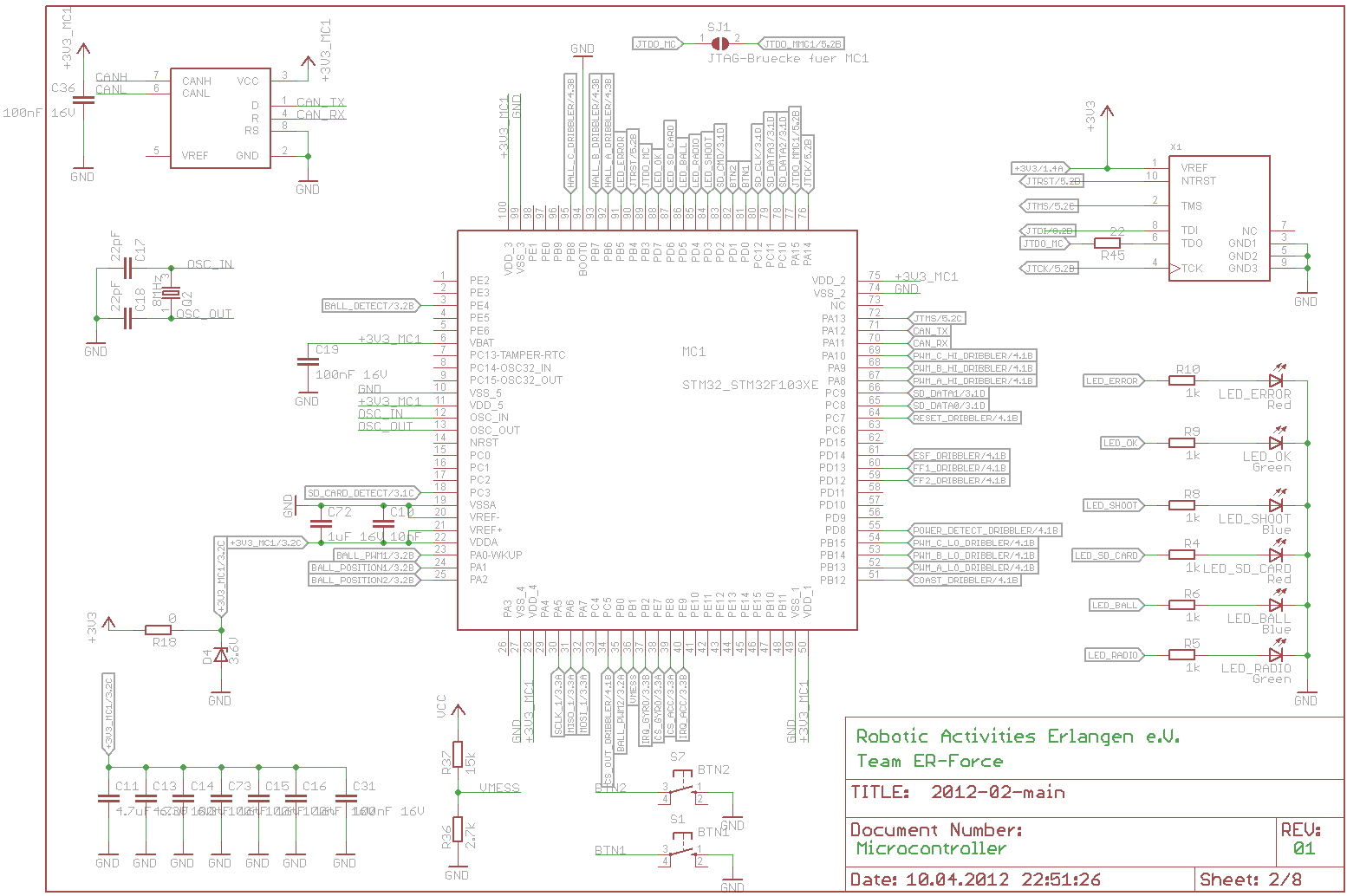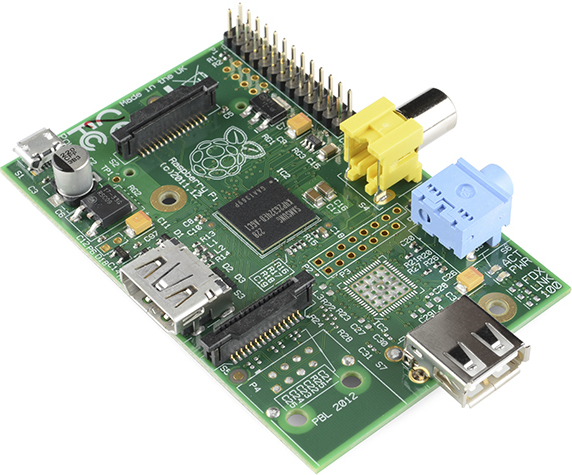Anatomy of applications

- Applications execute code on microprocessors
- The execution is (often) "mediated" by an operating system
- The operating system is a software layer between applications and the hardware
- On desktop systems it also provides a GUI for user interaction
Microprocessor

Parts of an application
- Your code
- Their code
Their code
- Language standard libraries
- e.g. printf() function from <stdio.h>
- Operating system APIs and libraries
- Platform dependent and not portable
- Low level access to hardware
- Desktop services
- Additional libraries
Libraries
- A collection of functions
- Often in compiled format, i.e. a binary library
- With header files for the "public" API
- You might find yourself building libraries from source

Dependencies
- Dependencies of an application are the libraries that are required for it to build and/or run
- Getting the dependencies are often the biggest source of frustration when trying to build a large application
- You might need a specific version
- The dependency itself might have additional dependencies (AKA Dependency hell)
Dependency/Package managers
- Resolve and download dependencies
- fink, macports
- newer: Homebrew
- On Linux: apt or yum (there are others...)
- On windows: OneGet and others (but I can't recommend any as I haven't used them)
Dynamic and static libraries
- Static libraries get bundled into the application
- Dynamic libraries are loaded by the application at run-time
Other types of applications
- GPU programming
- Microcontroller programming
- "Web apps"
GPU programming
- Have their own language or provide extensions to existing languages
- The code is executed in the GPU rather than the CPU
- GPU are great at parallel processing
- So if your problem is parallelizable then it is well suited to GPU computing
Microcontroller programming
- Direct access to a microcontroller's basic functions
- or through libraries that implement common functionality
- through custom OSs (e.g. RTOS)
- through regular OS (Embedded Linux)
- or through high level abstractions like Wiring/Arduino
Microcontroller boards

Microcontroller boards

Web Apps
- Part of the code runs on your equipment
- The other runs on a server
- The network is an intermediate layer
- There is an interconnection protocol to exchange commands and data